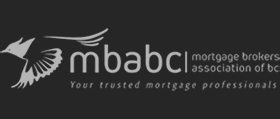Today’s interest rates are still at jaw-dropping, forehead-slapping, eye-popping lows if you judge by historical standards.
So when the Bank of Canada talks about bringing rates back to more normal levels, you better listen up. Rates have already risen in the past 15 months and it now looks like there’s a fair bit more to come. Brace yourself for numbers you’ve never seen if you got into the housing market after the 2008-09 global financial crisis sent rates plunging.
The benchmark rate set by the central bank is called the overnight rate and it’s now at 1.75 per cent, up from 0.5 per cent in the summer of 2017. The Bank of Canada wants to move rates back to between 2.5 per cent and 3.5 per cent, which we’ll average out to 3 per cent. This is a neutral zone where rates are considered to be balanced between stimulating and cooling the economy.
Banks use their prime rate as a base for setting the cost of variable-rate mortgages and lines of credit. The prime is now at 3.95 per cent, which is a markup of 2.2 percentage points on the overnight rate. Let’s estimate a prime rate of 5.25 per cent if the overnight rate does get up to 3 per cent.
The websites of a couple of big mortgage brokerage firms show variable-rate mortgages at 2.85 per cent, which means a discount of 1.1 points off prime. With a 5.25 per cent prime, this aggressive level of discounting would give you a rate of 4.15 per cent. A $500,000 mortgage amortized over 25 years would mean payments of $2,328 at 2.85 per cent and $2,671 at 4.15 per cent, a hefty difference of $343 monthly.





